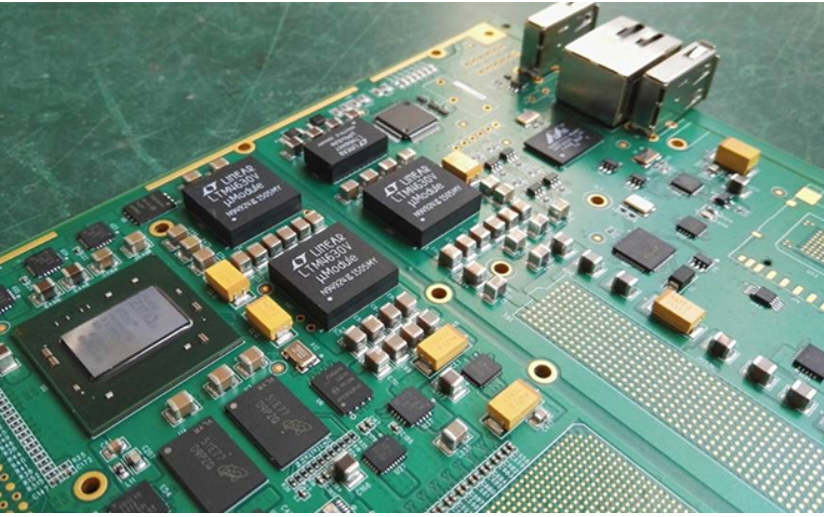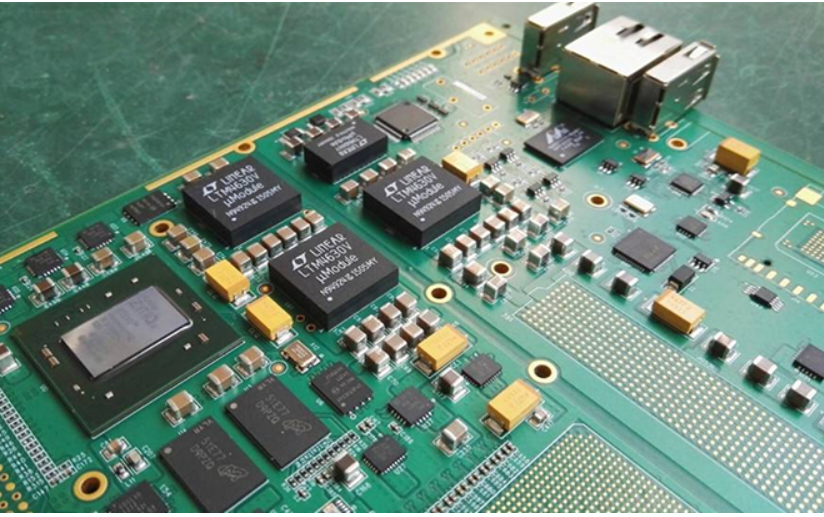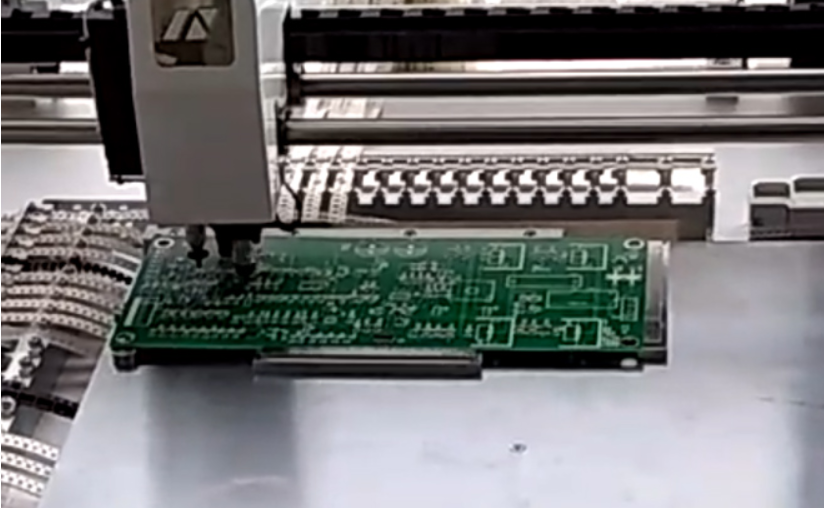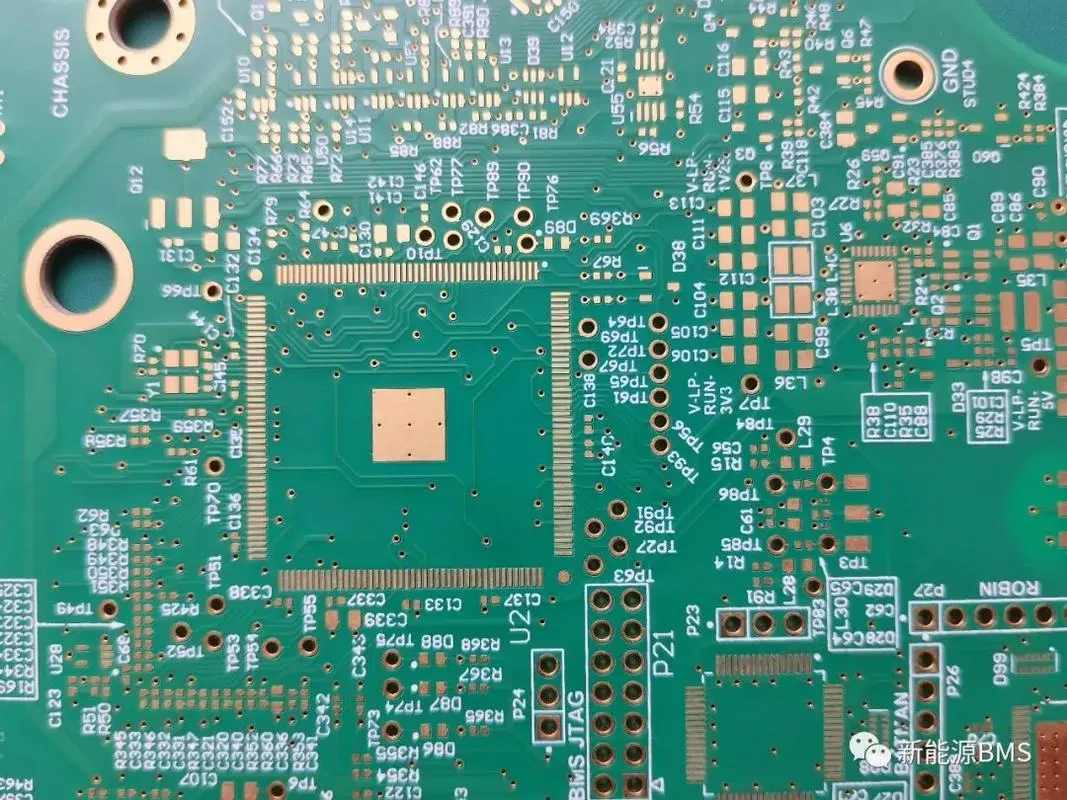
Wastewater treatment of PCB circuit board factory
PCB wastewater is polychlorinated biphenyl wastewater, which is a kind of wastewater in printing industry and PCB factory. At present, the world produces 300 million to 400 million tons of toxic and harmful chemical wastes every year, of which POP is a major ecological hazard and the most widely spread on the earth. In addition, PCB wastewater is divided into: cleaning wastewater, printing ink wastewater, complexing wastewater, concentrated acid wastewater, concentrated alkali wastewater, etc. The production of printed circuit boards (PCBs) uses large amounts of water, has many kinds of wastewater pollutants and complex components. According to the characteristics of wastewater from different PCB manufacturers, reasonable classified collection and quality treatment is the key to ensure that wastewater treatment reaches the standard.

For PCB industry wastewater treatment, there are chemical methods (chemical precipitation method, ion exchange method, electrolysis method, etc.) and physical methods (various decanting methods, filtration methods, electrodialysis, reverse osmosis, etc.). The chemical method is to transform the pollutants in the wastewater into easily separated states (solid or gaseous), and the physical method is to enrich the pollutants in the wastewater or separate the easily separated states from the wastewater, so that the wastewater can meet the discharge standard. The methods adopted at home and abroad are as follows.
1、 Decanting method
Decanting is actually a filtration method, which is one of the physical methods in PCB industry wastewater treatment. The flushing water containing copper scraps discharged from the deburring machine can be filtered to remove copper scraps after being treated by the decanter. The effluent filtered by the decanter can be reused as the cleaning water of the burr machine.
2、 Chemical method
Chemical methods include redox method and chemical precipitation method. Oxidation reduction method is to use oxidants or reducing agents to convert harmful substances into harmless substances or substances easy to precipitate and precipitate. The cyanide containing wastewater and chromium containing wastewater in the circuit board are often treated by oxidation reduction method. See the following description for details.
Chemical precipitation method is to select one or several chemical agents to transform harmful substances into easily separated precipitates or precipitates. There are many kinds of chemicals selected for PCBA OEM OEM PCB wastewater treatment, such as NaOH, CaO, Ca (OH) 2, Na2S, CaS, Na2CO3, PFS, PAC, PAM, FeSO4, FeCl3, ISX, etc. The precipitator can convert heavy metal ions into sediment, and then separate the solid from the liquid through inclined plate sedimentation tank, sand filter, PE filter, filter press, etc.
3、 Chemical precipitation - ion exchange method
It is difficult for chemical precipitation to treat high concentration PCB wastewater to reach the discharge standard in one step, and it is often used in combination with ion exchange method. First, the chemical precipitation method is used to treat the high concentration PCB wastewater to reduce the content of heavy metal ions to about 5mg/L, and then the ion exchange method is used to reduce the heavy metal ions to the discharge standard.
4、 Electrolysis ion exchange method
Among PCB industry wastewater treatment methods, electrolytic method can reduce the content of heavy metal ions in high concentration PCB wastewater, with the same purpose as chemical precipitation method. However, the disadvantages of electrolysis method are as follows: it is only effective for the treatment of high concentration of heavy metal ions, the concentration is reduced, the current is significantly reduced, and the efficiency is significantly weakened; Large power consumption, difficult to promote; Electrolysis can only deal with single metal. Electrolysis ion exchange method is the waste liquid of copper plating and etching. Other waste water should be treated by other methods.
5、 Chemical method - membrane filtration method
Through chemical pretreatment, the wastewater from PCB industry enterprises can precipitate harmful substances into filterable particles (diameter>0.1 μ), After filtration by membrane filtration device, the discharge standard can be reached.
6、 Gas condensation electric filtration method
Among the wastewater treatment methods in PCB industry, the gas condensation electric filtration method is a new wastewater treatment method without chemical agents developed in the United States in the 1980s, which belongs to a physical method to treat PCB wastewater. It consists of three parts. The first part is the ionized gas generator. The air is sucked into the generator, which can change its chemical structure through the ionized magnetic field, and become highly activated magnetic oxygen ions and nitrogen ions. The gas is introduced into the wastewater with a jet device, so that gold ions, organic substances and other harmful substances in the wastewater are oxidized and gathered into clusters, which are easy to filter and remove; The second part is an electrolyte filter, which filters and removes the agglomerates produced in the first part; The third part is a high-speed ultraviolet radiation device. Ultraviolet radiation into the water can oxidize organic substances and chemical complexing agents to reduce CODcr and BOD5. At present, a complete set of integrated equipment has been developed for direct application.
This paper introduces PCB wastewater treatment in PCB industry, including chemical and physical methods









